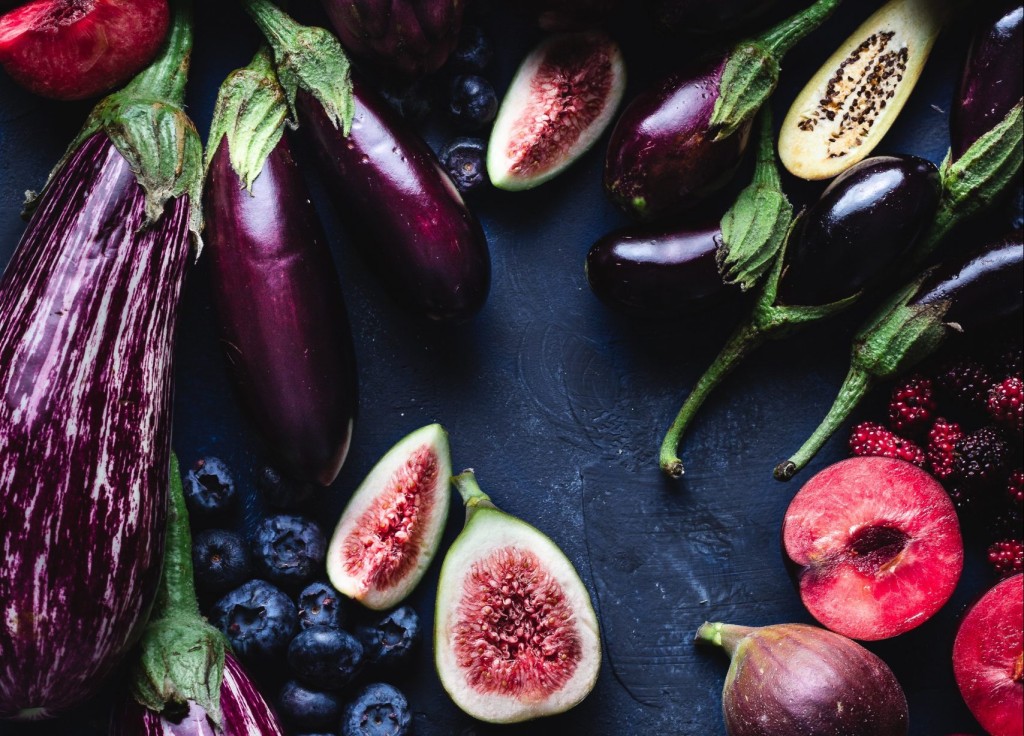What is the difference between food and nutrition?
The concept of healthy eating is sometimes considered synonymous with food for the sick. This is a serious mistake. A healthy diet must not lose that sense of pleasure that comes from eating. The Italian cuisine, for example, is based on the model of the Mediterranean diet, which, having an excellent tradition to its credit, helps to preserve the link between food, health and taste. In this article we will try to understand, in more detail, what is the link between nutrition and health.
Nowadays, the management times of our social life take precedence over our biological needs, we often tend to give little consideration to the meaning of the term “EAT” and to completely ignore that of the term “FEED“, two aspects of life which might seem the same thing but which, in reality, express profoundly different concepts.
“Eating” means taking food to appease the stimulus of hunger. One of the problems of our day, at a nutritional level, is precisely the fact that we tend to eat no longer simply to satisfy the sense of hunger, but more often we do it out of greed at various times of the day, to pass the time, perhaps in front of a movie, a football game, while studying, or even in the evening clubs, finding in the act of eating an excellent excuse to create an opportunity to socialize. Eating is a hedonistic act, man takes pleasure in food but often abuses it, seeking relief or consolation in it.
It is at this point that the importance of the term “FEED” takes over.
“Feeding” means providing our body with the substances it needs, in the right quantities and proportions, to function properly, in terms of macronutrients (proteins, carbohydrates and lipids) and micronutrients (vitamins, minerals and other elements). So, in other words, eating means eating foods that, based on our physiological conditions, can give us the nutrients we need to better maintain a state of well-being.
Today, we are witnessing the paradox whereby the world population, especially in Western countries, is overfed but undernourished. The accessibility and availability of food is always greater and the exploitation of land and intensive breeding, chemical preparations, freezing, industrial processing and transport, weaken the organoleptic qualities of what ends up on the plate. Nutrition therefore presupposes a concrete food education, without however taking away the pleasure of eating, and a possibly healthy lifestyle in which physical activity also finds space. There is no “standard” diet suitable for everyone but a food education must be undertaken, so, what is considered “healthy food”?
Healthy food is a food that has all the nutrients that are essential for our body: Carbohydrates, Protein, Fats, Vitamins and Minerals.
But that’s not all, it must present them all intact, even after the manufacturing, cultivation and breeding processes to which it was subjected before arriving on the table. This means that food must undergo the least possible number of manufacturing processes, in order to arrive on our table with most of its properties still intact.
In fact, buying pre-cooked or packaged foods, perhaps designed to go “from the freezer to the pan”, means eating foods that have lost most of their benefits. Therefore, these are foods that certainly cannot be defined as “healthy” in the most complete sense of the term. So, to achieve the goal of eating properly and not simply eating to fill the stomach or throat, we must learn to support biological rhythms as much as possible. If we are not hungry, it is better not to eat. If we are sick, let us not force ourselves to ingest anything at all costs. If we are hungry, on the other hand, let’s stop for a frugal meal, and don’t wait to be full. In reality, it is necessary to understand where the real stimulus of “hunger” ends and where sweet tooth, or nervous appetite, begins. Once this is clear, we will no longer be victims of compulsive binge eating or impulsive food choices, even when shopping.
Speaking of shopping: it would be preferable to avoid going to the supermarket on an empty stomach. In this way, in fact, the chances of buying unhealthy food (or junk food) become much lower. When at the supermarket, following a priority on choosing our ingredients is always a wise choice, in fact it’s preferable to choose fresh foods then the frozen ones, and lastly canned or pre-cooked ones. These last ones should be chosen only when last resort or in case of emergencies.
Another characteristic for eating healthy food is to buy food respecting its seasonality. When we talk about seasonality we are used to thinking of fruit and vegetables. To tell the truth, by now there are very few people who know this seasonality, while until the last century even children were aware of this natural knowledge. Many people know it exists but don’t know it in detail, so they don’t know for example which fruit or vegetables are really summer, which fruit are really spring and so on. But there is also another class of products that we are not used to perceiving as seasonal and that is fish. Maybe you didn’t know it but fish also follow a seasonal pattern. In fact they obviously reproduce in certain seasons and therefore there is the proliferation of a certain type of fish in a certain season. As far as fish is concerned (but it is an absolutely valid argument, with the due differences also for meat), I feel strongly to advise that it is necessary to avoid buying farmed fish, often fed with feed which, as we know, could also contain chemical ingredients and residues of treatments of breeding.
Read Also: Cocoa Pebbles® Cereal Pop: A New Flavor by Snax-Sational.
As far as meat is concerned, however, we must try to find meat from animals raised in the open air, in mountain pastures and not in industrial plants where breeding has now taken the form of an assembly line. Healthy meat is that of pasture and not of intensive farming, there is a notable difference, from a chemical point of view, between the meat of animals raised in freedom and that of other animals raised in intensive farming. A difference that we pay in a very hefty way inside our body.
We have reached the end of this article on healthy foods and how to choose them to eat well. I hope I have given you some interesting ideas and tips on how to improve your nutrition.
In the next months we’ll analyze thoroughly many single products used everyday in many kitchens like Olive Oil, Parmigiano, Balsamic Vinegar, Pasta, Rice, Cure Meats etc., describing features, nutritional facts, and of course a recipe to cook them that will satisfy your palate as well as your body.
I encourage you to write me at (F&B email address) and let me know if you have any particular requests or would like to share an experience.
So, until next month, I’ll see you in the Kitchen. Ciao.








